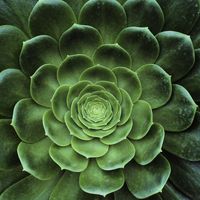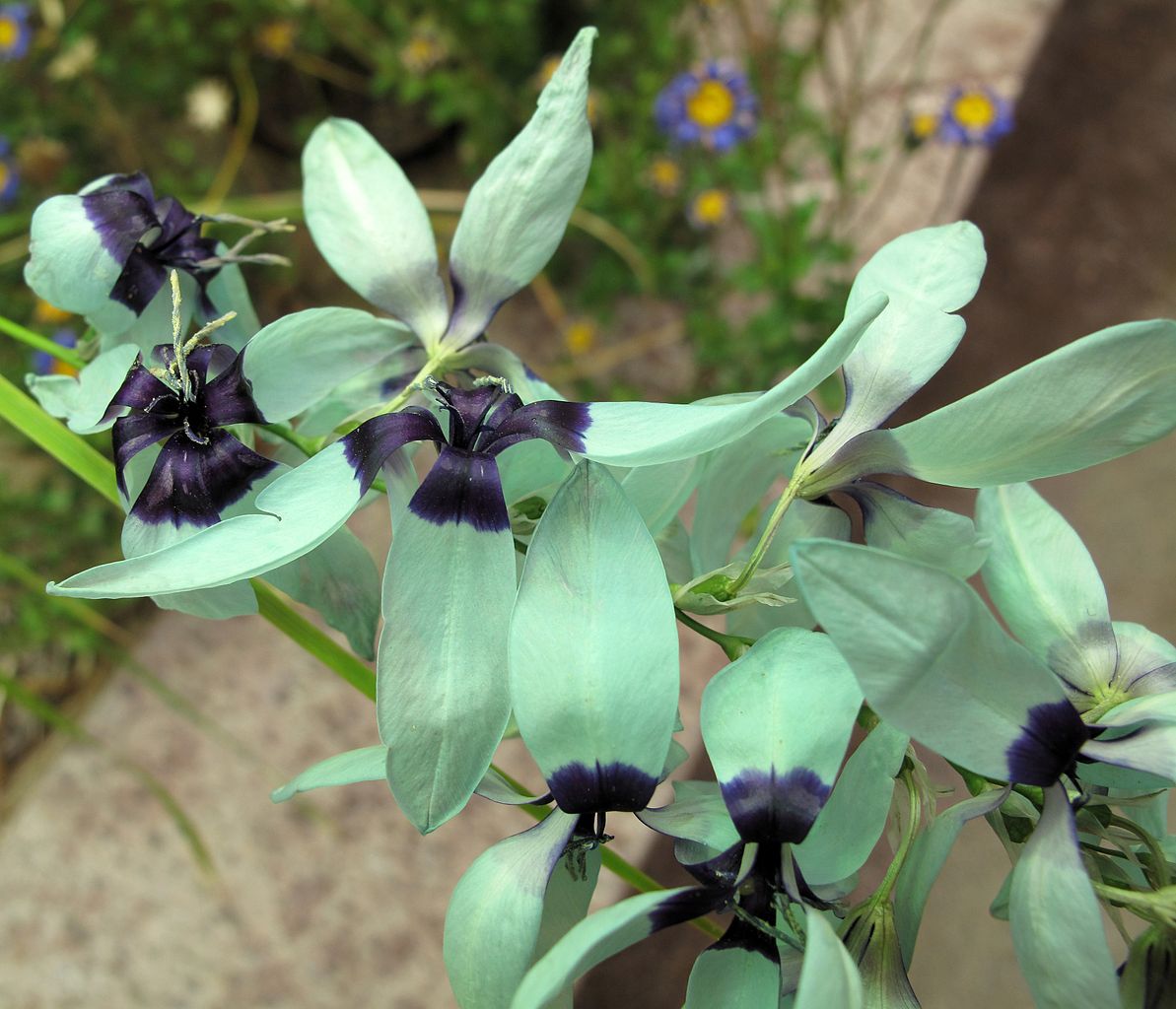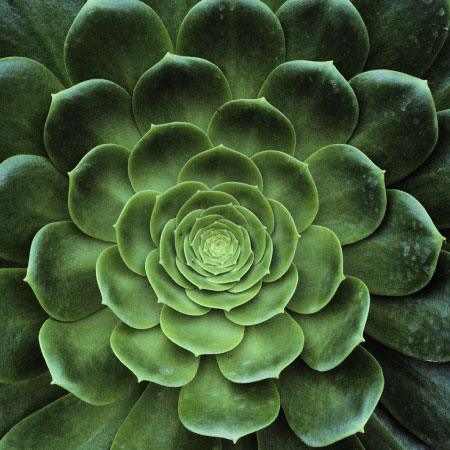Turquoise Ixia Care: Growing Turquoise Ixia Viridiflora Plants


Also known as green ixia or green flowered corn lily, turquoise ixia (Ixis viridflora) is bound to be one of the most unique plants in the garden. Ixia plants consist of grassy foliage and tall spikes of 12 to 24 flowers that make a grand appearance in spring. Each turquoise ixia bloom displays bright aquamarine petals with a contrasting “eye” of intense purple-black. Growing turquoise ixia isn’t difficult, and turquoise ixia care isn’t complicated. Turquoise ixia plants, which grow from small bulbs, require well-drained soil and full sunlight. Read on for more information, and learn how to grow Ixia viridiflora plants.
How to Grow Ixia Viridiflora
Plant turquoise ixia bulbs 2 inches (5 cm.) deep in early autumn if you live where winters remain above 20 degrees F. (-7 C.). Plant bulbs about an inch (2.5 cm.) deeper and cover them with a thick layer of mulch if you live where winter temperatures drop to 10 degrees F. (-12 C.). In this climate, late fall is the best time for planting. Plant turquoise ixia bulbs in spring if you live in a colder climate. You’ll see blooms in early summer. Dig the plants and store them in paper sacks during the winter. Alternatively, grow plant turquoise ixia bulbs in small containers measuring about 6 inches (15 cm.) in diameter. Fill the containers with a well-drained potting medium, such as one part potting mix and two parts coarse sand. Allow about 1 to 1 ½ inches (2.5-4 cm.) between bulbs, with the same distance between the bulbs and the edge of the pot. Bring the pots indoors before temperatures drop below about 28 degrees F. (-2 C.). You can also grow turquoise ixia plants as annuals and plant new bulbs every spring.
Turquoise Ixia Care
Water turquoise ixia bulbs immediately after planting. Thereafter, soak the soil about once every ten days beginning when you notice visible growth. Allow the soil to dry after the foliage dies down and turns yellow after blooming, then keep the soil dry until spring to prevent the bulbs from rotting. If the area is irrigated or you live in a rainy climate, dig the bulbs and store them in a dry location until spring.
Sign up for the Gardening Know How newsletter today and receive a free copy of our e-book "How to Grow Delicious Tomatoes".

A Credentialed Garden Writer, Mary H. Dyer was with Gardening Know How in the very beginning, publishing articles as early as 2007.